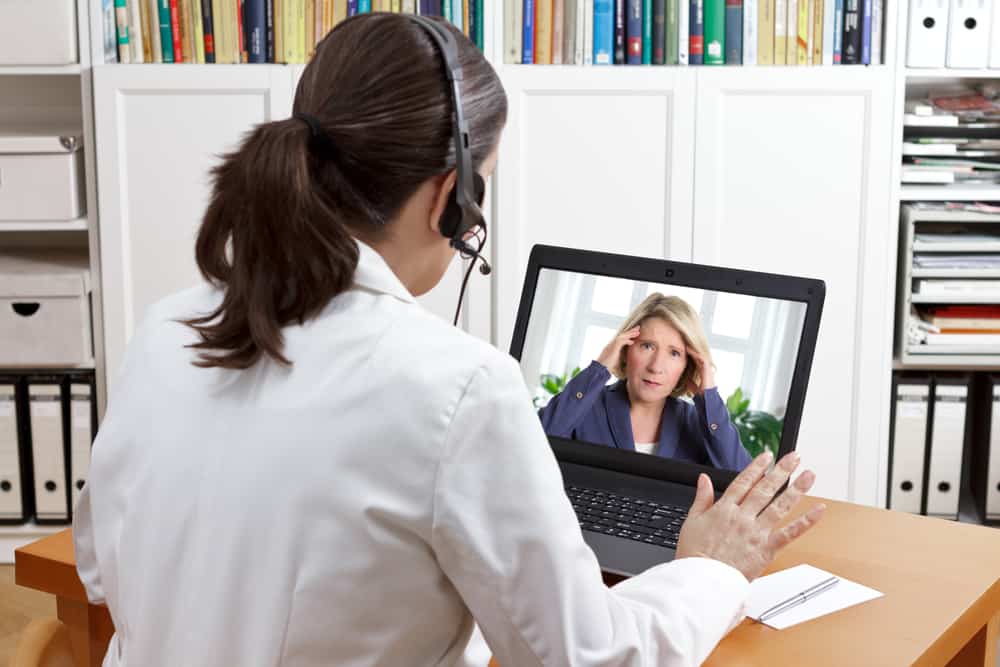Researchers at the University of California Davis Medical Center in Sacramento are putting out some hard numbers they say demonstrates telemedicine does save patients time and money—over the long run.
UC Davis Medical Center, a 631-bed hospital owned and operated by the University of California as part of its University of California, Davis campus, has utilized some form of telemedicine for 18 years. To look at the time and money savings for patients over a long period of time, researchers evaluated data from the UC Davis telemedicine program for 19,246 outpatient and inpatient interactive video-based consultations from July 1996 to December 2013.
By using telemedicine for clinical appointments and consultations, patients over the course of the time researchers analyzed, avoided travel distances that totaled more than 5 million miles. Those patients also saved nearly nine years of travel time and about $3 million in travel costs.
Savings estimates were based on patient travel to a telemedicine center near their home compared to the travel that would have been required had they come to UC Davis Health in Sacramento for care. In the early 1990s before the web and web technology became more mainstream, patients had to drive to telemedicine center—essentially a health system TV network—for a visit.
For individual patients, the benefits included avoiding 278 miles in driving, four hours in time and $156 in direct travel costs, the study says. There was also an environmental impact, the study shows. Eliminating the need for patients to drive to office visits reduced pollution by 2,000 metric tons of carbon dioxide, 50 metric tons of carbon monoxide, 3.7 metric tons of nitrogen oxides and 5.5 metric tons of volatile organic compounds.
“Our findings confirm the benefits of telemedicine in terms of real savings to patients and to the environment,” says James Marcin, the study’s principal investigator and chief of the UC Davis Division of Pediatric Critical Care Medicine.
In the early days of the study period, telemedicine equipment—allowing interactive visual and audio communication with a remote physician—was expensive and only available to patients at locations such as community hospitals or clinics.
Now that such capabilities are widely available, telemedicine can be conducted in doctors’ offices or even patient’s homes, increasing patient cost savings and convenience as well as environmental benefits even more, Marcin says. UC Davis researchers says telemedicine is most beneficial for specialties that rely heavily on talking—such as mental health services—and laboratory services (such as endocrinology), and is less used for specialties such as orthopedics that involve extensive physical examination. “Because telemedicine is cheaper and more convenient for patients in remote areas, they are more likely to seek medical care,” Marcin says. “Many patients do not have the time or resources to access health care many miles from home.”
Favorite
